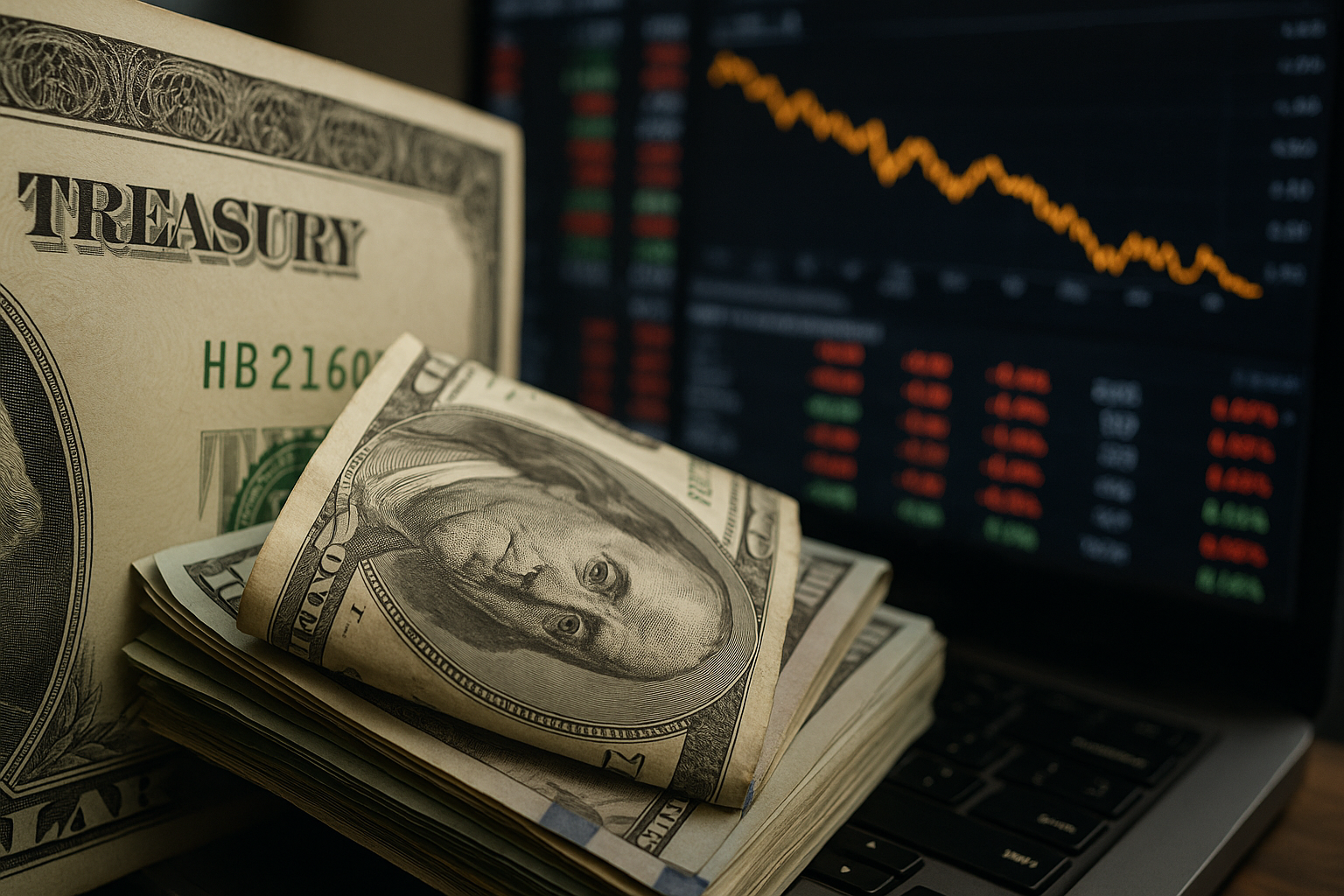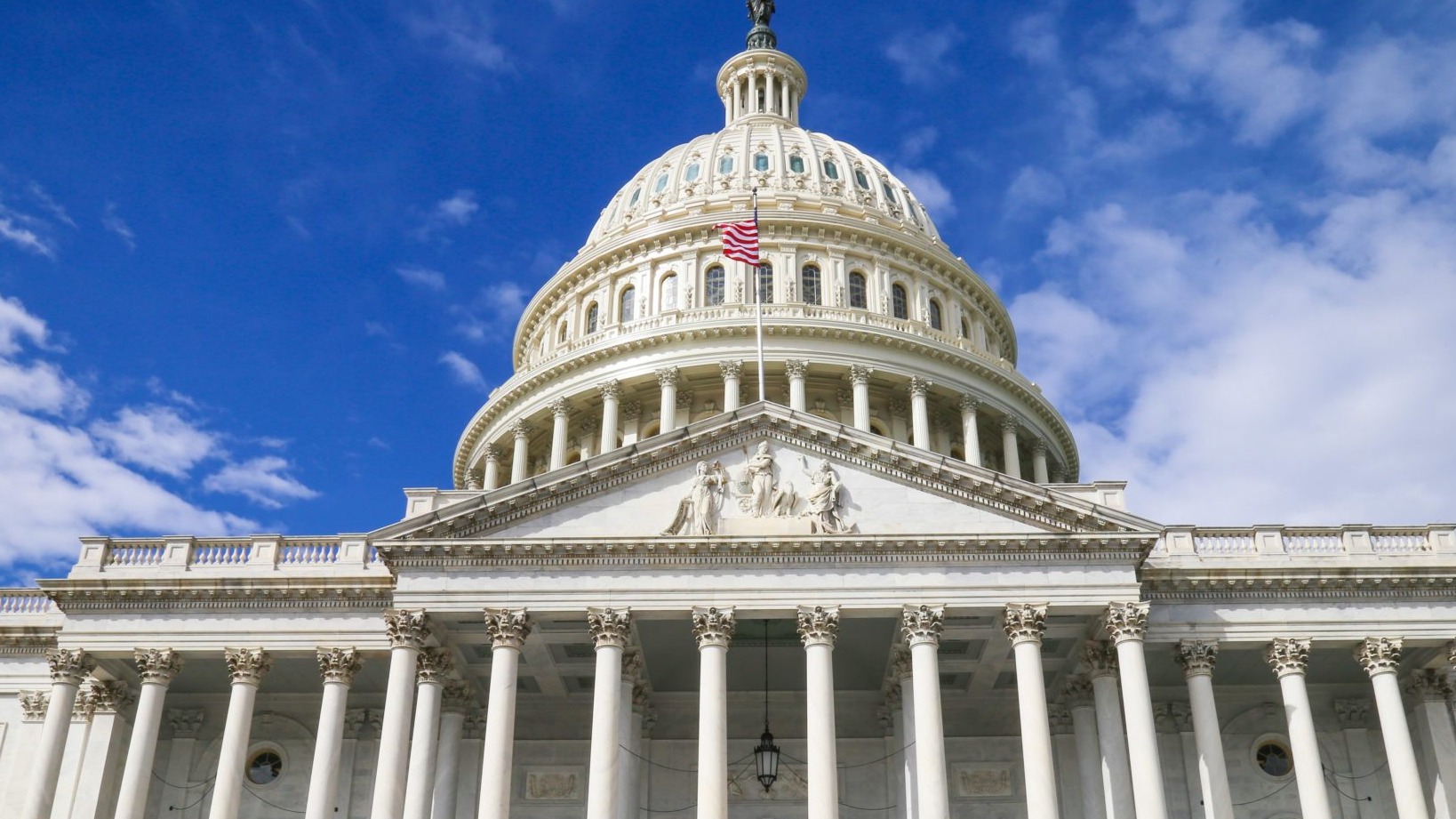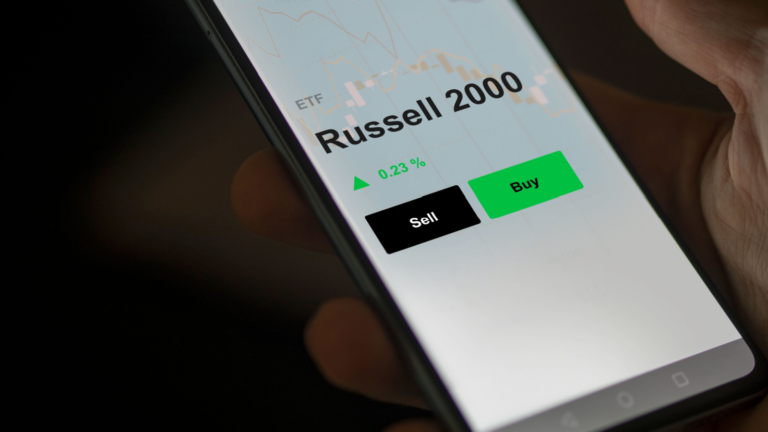| Key Points: – Trump called for a full-point rate cut, but the Fed is unlikely to move after May’s better-than-expected jobs report. – The U.S. economy added 139,000 jobs in May, with unemployment steady at 4.2%, easing fears of a labor slowdown. – Fed officials remain focused on inflation, signaling no near-term rate cuts despite mounting political pressure. |
President Donald Trump ramped up pressure on the Federal Reserve Friday, calling for a dramatic interest rate cut just as new data showed the U.S. labor market remains relatively strong. Trump’s plea came via a social media post in which he declared “AMERICA IS HOT” and pushed Fed Chair Jerome Powell to slash rates by a full percentage point—what he referred to as “rocket fuel” for the economy.
The timing of Trump’s demand, however, clashed with Friday’s release of the May jobs report, which showed the U.S. economy added 139,000 nonfarm payrolls—comfortably ahead of economists’ expectations of 126,000. Unemployment held steady at 4.2%, defying fears of a sharp slowdown. Wage growth also ticked higher, with average hourly earnings rising 0.4% month-over-month and 3.9% over the past year, indicating that worker demand remains solid despite broader concerns about economic deceleration.
Market watchers and economists were quick to point out that the report effectively shuts the door on the possibility of a rate cut at the Fed’s upcoming June meeting. “The labor market is not cracking yet, even though it is decelerating,” said Brij Khurana, a fixed income portfolio manager at Wellington Management. He noted that while earlier in the week, weak private payroll data from ADP raised questions about a potential cut, the stronger-than-expected government report all but “takes away June.”
Trump, who has repeatedly branded Powell as “Too Late” in an effort to blame the Fed chair for past inflation missteps, has increasingly turned the central bank into a political target. On Friday, he argued the Fed is “costing our country a fortune” by keeping borrowing costs elevated, citing the European Central Bank’s series of rate cuts as a model for what the U.S. should emulate.
But the Fed has held its benchmark rate steady in 2025 after lowering it by a full percentage point at the end of last year, citing uncertainty around economic policy and inflation risks. Recent commentary from Fed officials suggests the central bank is far more concerned with reining in inflation than stimulating employment. “I see greater upside risks to inflation at this juncture,” said Federal Reserve Governor Adriana Kugler, adding that current policy should remain unchanged unless inflation pressures abate.
Kansas City Fed President Jeff Schmid echoed those sentiments, warning that tariffs—some introduced by the Trump administration—could create further inflationary pressure. “While the tariffs are likely to push up prices, the extent of the increase is not certain,” Schmid noted, cautioning against prematurely loosening policy.
Still, some divergence within the Fed is emerging. Governor Chris Waller, speaking in South Korea last weekend, argued that any tariff-driven inflation would be temporary and should not alter the Fed’s long-term stance. “I support looking through any tariff effects on near-term inflation when setting the policy rate,” he said.
Yet with job gains still solid and inflation risks lingering, most analysts believe the Fed will remain on hold through the summer. Trump’s demand for a jumbo cut may resonate with some voters, but for now, the data simply doesn’t back him up.












